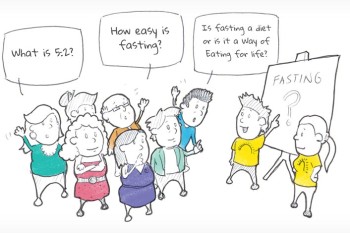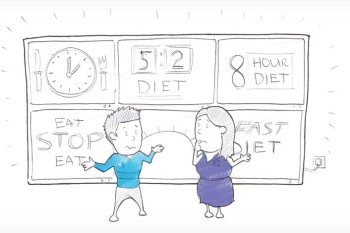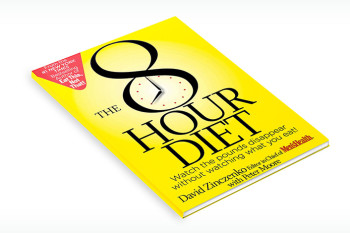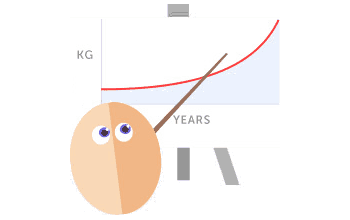If you like a daily routine with no need to plan your life around your fast days, you might prefer fasting for a shorter time, but do so every day.
There are several fasting methods that use this idea. They each use the concept of an ‘eating window’ during which you can eat whatever and as much as you want. The rest of the day you fast with no or nearly no calorie intake. The eating window can be as short as 4 hours or as long as 10 hours, and of course this means that your daily fast may be as long as 20 hours or as short as 14 hours. The longer the eating window, the more calories you are likely to consume that day, so you can adjust your fasting time to get the results you want.
Learn more about ‘eating window’ fasting methods:
Ramadan fasting
The best-known ‘fast every day’ approach is of course practiced by followers of Islam during the month of Ramadan. Every day for a month no food or drink is consumed during the hours of daylight, giving a daily fast of around 12 hours. There has been extensive scientific study of Ramadan fasting, which has shown that most people improve their health during the month and may well lose weight (though this depends largely on how much they indulge at the daily feast at sunset). Studies have also revealed no loss of performance among athletes practicing Ramadan fasting.
Learn more about the science of fasting
Why I like an eating window
Forum member carorees says “I like an eating window because I don’t mind missing breakfast: it means I can sleep longer! It’s such an easy way to cut out a load of high carbohydrate calories and it stops me from snacking in the evening. I don’t have to count calories and I don’t have to plan a different evening meal from the rest of the family. If I want to speed up my weight loss I just shrink my eating window by eating lunch later.”















